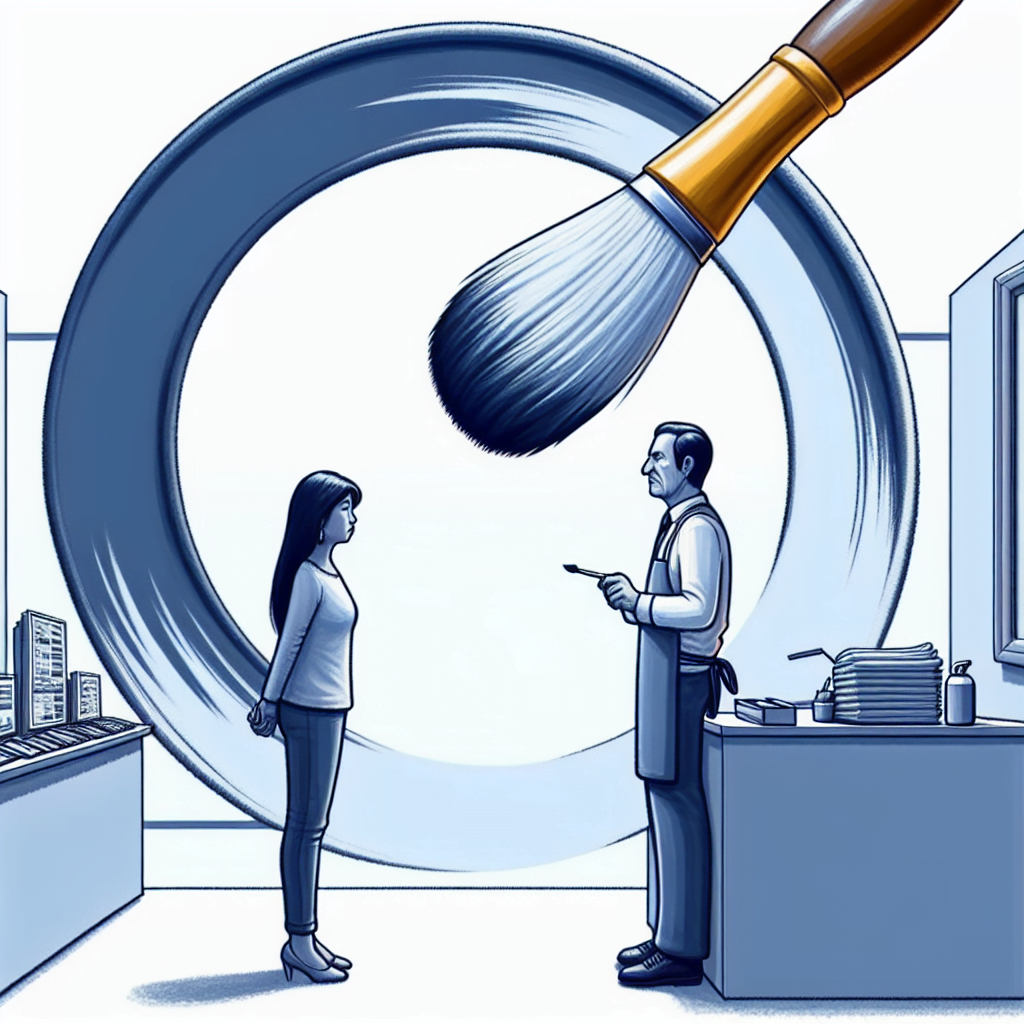When conveying the essence and vision of your product to stakeholders within your organization, such as engineers, sales teams, or executives, effective communication becomes paramount. Crafting a concise, engaging product presentation serves not only as an informative session but as a beacon, guiding your team toward a unified understanding and enthusiasm for the product’s future. This guide showcases a streamlined approach to creating and delivering a product presentation that captivates and aligns your audience with your product’s journey, employing the proven Pain-Agitate-Solution (PAS) framework for structured storytelling.
The Power of Structured Storytelling in Product Presentations
Engaging presentations start with a clear structure; this is where the PAS framework shines, seamlessly guiding you through the narrative of identifying a problem, emphasizing its implications, and unveiling your solution in a manner that resonates deeply with your audience.
- Pain: Begin with a crystallized image or metaphor representing the core problem your product intends to solve. This setup is vital, as it may be the introductory point of interaction with various stakeholders. Make it impactful and directly related to the consumer’s pain point.

- Agitate: Amplify the problem by laying out the consequences of inaction. Here, employing a few well-selected statistics or case studies can effectively illustrate the broader implications, making the problem feel imminent and compelling.
- Solution: Next, introduce your solution with a focus on its distinctive features and benefits, backed by a visual or testimonial that showcases a satisfied user. This pivot to your product as the hero in your narrative should clearly communicate how it addresses the identified pain points.
Following this, present your product roadmap vividly, walking your audience through how you intend to navigate towards the solution, possibly supplemented by a product demo or video to solidify their understanding.
Crafting Your Presentation: Key Considerations
- Know Your Audience: Tailoring your presentation to the specific interests and knowledge base of your audience ensures that your content resonates and informs effectively.
- Start Strong: Command attention with a bold opening statement that sets expectations and intrigues your audience.
- Conciseness is Key: Resist the temptation to overload your presentation. Stick to essential points, using clear, concise language and visuals.
- Foster Engagement: Transform your presentation from a monologue to a dialogue by involving your audience through questions and discussions.
By adhering to this framework and best practices, your product presentation is set to engage and inspire, laying the groundwork for collective action toward your product goals.
Engaging in product presentations is more than just sharing information; it’s about storytelling, persuading, and rallying your team around a shared vision. Consider this guide as your blueprint for crafting presentations that not only inform but inspire action and alignment within your organization.




